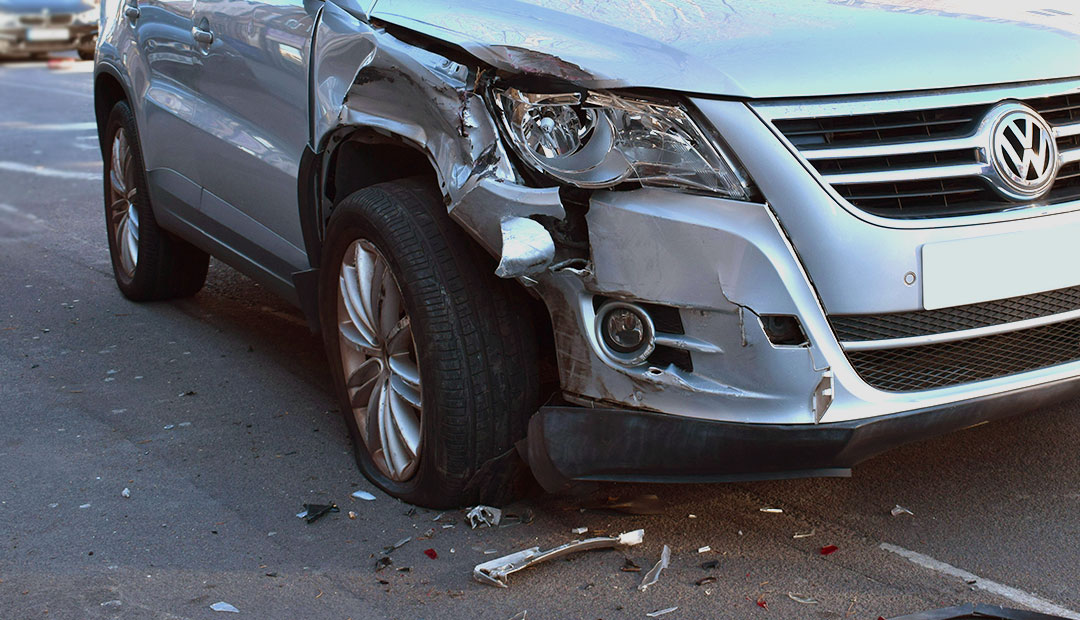It is estimated that South Africa has approximately 750 000kms of road network. It is also estimated that it has the 10th largest road network in the world. This being the case, it is no surprise that litigation emanating from motor vehicle accidents is very common in South Africa, contributing to a significant number of the cases that go through our courts on a daily basis.
The above factors are contributors to the many risks that come about as a result of driving motor vehicles in South Africa. These risks include injuries to drivers, passengers in motor vehicles, pedestrians, as well as the risk to the damage of motor vehicles.
We will in a follow-up article deal with the damages suffered by individuals and the available recourses in terms of claiming compensation. In this article we will focus on the damages caused to vehicles as a result of motor vehicle accidents.
A right to claim for compensation for the damages suffered by a motor vehicle as a result of a motor vehicle accident arises when the claimant can establish the negligence of the wrongdoer. In such an instance, a claim can be instituted against the following persons/entities:
- The driver of the vehicle who was negligent and was the cause of the accident;
- The employer of the driver who caused the accident, whilst driving during the course and scope of his employment or carrying out the interests of the employer. This is what is commonly known as vicarious liability in South African law; and
- The driver’s private insurance, if the motor vehicle was insured.
How is Negligence Determined
The claimant will have to prove that the wrongdoer driver did not act in accordance with the standard of a reasonable driver of a motor vehicle, in that, he should have been able to foresee that his negligent actions would cause the accident and therefore that the claimant would suffer damages. Further to this, that the wrongdoer failed to take reasonable steps to prevent such damages from occurring. The grounds for negligence normally include one or more of the following:
- That the wrongdoer failed to keep a proper and or adequate and or any lookout at all;
- That the wrongdoer failed to exercise any and or proper control over the vehicle driven by him;
- That the wrongdoer failed to take into consideration the rights of other road users on the road;
- The wrongdoer failed to apply the brakes of the vehicle driven by him timeously, adequately, or at all;
- That the wrongdoer failed to comply with and adhere to traffic signals and or the provisions of legislation that regulates the use of South African roads; and
- That the wrongdoer failed to avoid a collision when by the exercise of reasonable care, he could and should have done so.
It may happen sometimes that as much as the wrongdoer contributed to the collision to a large extent the claimant also played a role or contributed to the motor vehicle accident. In cases like that, the courts will apply what is called an apportionment of damages. For instance, driver A can be found to be 30% negligent and therefore liable to pay 30% of driver B’s damages of which driver B will only pay 70% of the damages claimed by driver A and vice versa.
The Doctrine of Subrogation
Once a claimant lodges an insurance claim with their insurer arising out of damages suffered by his motor vehicle, the insurer then steps into the shoes of the claimant in any action to be instituted against the wrongdoer. This is called the doctrine of subrogation. In other words, a claimant having had his vehicle repaired, after an approved claim, cannot proceed to claim personally against the wrongdoer. This right passes in terms of the contract of insurance, to the insurance company which is then entitled to exercise the rights and obligations of the claimant.
What steps to take after an accident has occurred
It is extremely important, in order to facilitate a successful claim, that a claimant obtain as much information and evidence as possible on the day of the accident in order to institute a claim against the wrongdoer. Such evidence must include some or all of the following:
- The details and contact information of all drivers, passengers and owners of the motor vehicles involved in the accident;
- The statements of witnesses;
- Photographs of the damages to the motor vehicles as well as photographs of the scene and the surrounding area;
- A full description of all the motor vehicles involved in the accident;
- Report the accident at the nearest police station as soon as reasonably possible;
- Obtain at least three official quotations from different approved panel beaters regarding the repair costs to the motor vehicle or a report confirming that the motor vehicle is uneconomical to repair.
Lastly, our lawyers are available to assist with claims regarding motor vehicle accidents, having represented both private clients and insurance companies in motor vehicle accident cases, spanning a period of over 15 years.
Lwazi Dekeda | Director | Attorney, Notary & Conveyancer

